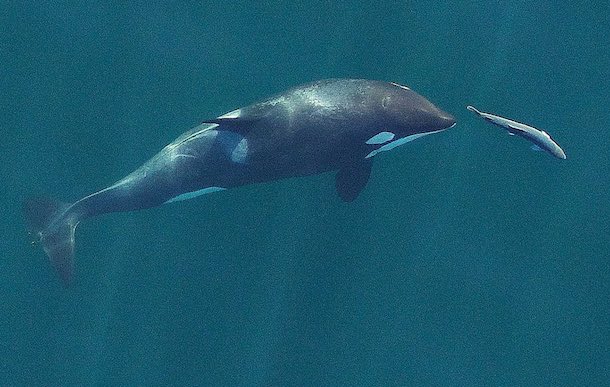 "There is both hope and despair about what comes next and the potential for progress," according to the draft of a new report on four dams and hydro projects on the Lower Snake River in Washington.
"There is both hope and despair about what comes next and the potential for progress," according to the draft of a new report on four dams and hydro projects on the Lower Snake River in Washington.
The Lower Snake River Dams (LSRD) – Ice Harbor, Little Goose, Lower Granite and Lower Monumental -- are part of the broader integrated system of hydroelectric facilities that make up the Federal Columbia River Power System, the largest source of renewable electricity in the Pacific Northwest. The energy produced is sold and marketed by the Bonneville Power Administration to a variety of customers. BPA also is responsible for covering the costs of Columbia River Basin fish and wildlife mitigation.
The report says that each year, the LSRD produce an average of 1,024 average MW of electricity annually, which is about 4% of BPA's annual energy portfolio. The LSRD have the ability to produce 3,033 MW of electricity at peak capacity for a short period of time if there is both high water storage and high river flows.
According to the executive summary of The Lower Snake River Dams Stakeholder Engagement Report:
- "Salmon, orca, agriculture and energy are fundamental to Washington's past and future. They symbolize who we are as residents of the Pacific Northwest and define our communities and our economy. The lower Snake River dams have touched on all of these issues since they were constructed over 40 years ago. They represent positive gains to the economy and local communities in southeast Washington as well as losses to tribal and fishing communities. The future of the LSRD is inextricably linked to the future of southeast Washington, Washington state and the Pacific Northwest.
- "There are differing perspectives on how breaching and removing, or retaining, the lower Snake River dams will affect salmon and orcas as well as agricultural, transportation, power and recreation interests. The term breach refers to removing river barriers, such as the earth-filled embankments that create reservoirs. Remove means that the actual infrastructure of the dams would be taken down. For the purposes of this report, the term breach is used to capture both concepts. Over the past 25 years, multiple studies by different organizations and from different perspectives have evaluated the issues with as yet no clear consensus about impacts of breaching or retaining the LSRD.
- "Energy, transportation, agriculture, salmon and orca are complex issues and decisions about the lower Snake River dams need to consider the broader systems and context for each. Each issue is dynamic, future changes may provide more options as well as more challenges. People across the diversity of interests expressed the desire to have more informed and respectful conversations.
- "The intent of this draft report is to summarize the views of Washingtonians on retaining or breaching the LSRD."
The draft report was prepared in response to recommendations of Gov. Jay Inslee's Southern Resident Orca Task Force to further investigate the impacts of breaching the LSRD as a means to provide more salmon for Southern Resident orcas to eat. Gov. Inslee has said will use this information to inform his perspective on the LSRD and determine if and how to participate in ongoing federal environmental evaluations of the Columbia and Snake River system, including the draft Columbia River System Operations Environmental Impact Statement scheduled to be released in February 2020.
Staff
Report to Help Guide Washington Governor's Decisions about Lower Snake River Dams
Hydro Review, December 27, 2019
See what you can learn
learn more on topics covered in the film
see the video
read the script
learn the songs
discussion forum



 "There is both hope and despair about what comes next and the potential for progress," according to the draft of a new report on four dams and hydro projects on the Lower Snake River in Washington.
"There is both hope and despair about what comes next and the potential for progress," according to the draft of a new report on four dams and hydro projects on the Lower Snake River in Washington.
